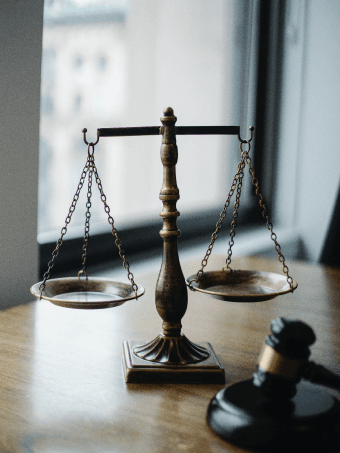The Growing Trademark Backlog
If you've recently filed a trademark application or are planning to, expect a wait. Traditionally, the USPTO aimed to examine new trademark applications within three to six months of filing. Today, however, applicants are seeing a dramatic increase in waiting times. As of early 2025, trademark applications filed in mid-2024 are only now being reviewed.
So, what’s causing the bottleneck?
A Surge in Applications: With the rise of e-commerce, digital branding, and new business formation during and after the pandemic, trademark filings have skyrocketed. The USPTO simply can't keep up with the demand.
Stagnant Hiring: The new hiring freeze halted the addition of hundreds of examiners. While the USPTO had plans in 2024 to boost staff in response to application surges, those plans are now shelved.
Increased Scrutiny: To combat fraudulent filings—especially from foreign entities—the USPTO has tightened its review standards. While important for brand protection, this adds more time to each application review.
The combination of more work, fewer people, and tighter standards has created a perfect storm of delay.
Key Business Risks from Prolonged Trademark Delays
1. Incomplete Legal Protection
Until a trademark is officially registered, an applicant does not gain the full suite of legal protections afforded under federal trademark law. This includes:
Nationwide presumption of ownership.
Access to U.S. Customs and Border Protection for enforcement.
The ability to bring infringement suits in federal court with statutory damages.
Enhanced enforcement mechanisms on digital platforms such as Amazon, Meta, and Shopify.
In practical terms, a pending application leaves businesses with partial protection. While common law rights may offer some recourse, they are limited in scope and more difficult to enforce.
2. Market Vulnerability
A delayed trademark registration creates a window during which other entities—either unknowingly or deliberately—can enter the market with identical or confusingly similar branding. This is particularly concerning in fast-moving industries like e-commerce, software, consumer goods, and wellness, where speed-to-market is critical.
The risk of brand dilution, consumer confusion, and potential legal disputes increases during this period of legal limbo.
3. Obstacles to International Expansion
Many foreign trademark systems give preference or require proof of an existing registration in the applicant’s home country. Delays at the USPTO can directly affect a company’s ability to file abroad under treaties such as the Madrid Protocol.
This can stall market entry in key jurisdictions and expose businesses to trademark squatting—where opportunists register foreign rights to U.S. brands ahead of their rightful owners.
In 2025, trademark registration delays are an unavoidable reality—but they don’t have to leave your brand exposed or your business at a standstill. By understanding the risks and taking proactive steps, business owners can continue to build strong, legally protected brands while navigating the extended USPTO timeline.
Use the ™ Symbol Immediately
The ™ symbol can (and should) be used to signal a claim of common law rights to a brand name or logo, even before registration is granted. This establishes your intent to protect the mark and serves as a deterrent to would-be infringers.
Maintain Detailed Records of Use
Under U.S. law, first use in commerce can establish trademark rights even before registration. To support these rights, it is essential to maintain thorough documentation, such as:
Website and social media launch dates
Marketing materials or advertisements
Product labels or packaging
Invoices or shipping records
These materials may be critical in proving priority in a legal dispute or responding to an office action from the USPTO.
Monitor for Infringement Proactively
Trademark monitoring should not begin after registration—it should begin immediately after a mark is introduced to the public. Dedicated infringement monitoring services such as Trama and manual reviews of e-commerce platforms can help identify unauthorized use early.
If an infringement is discovered, it may be possible to issue a cease-and-desist letter based on common law rights, particularly if your use of the mark predates that of the infringer.


